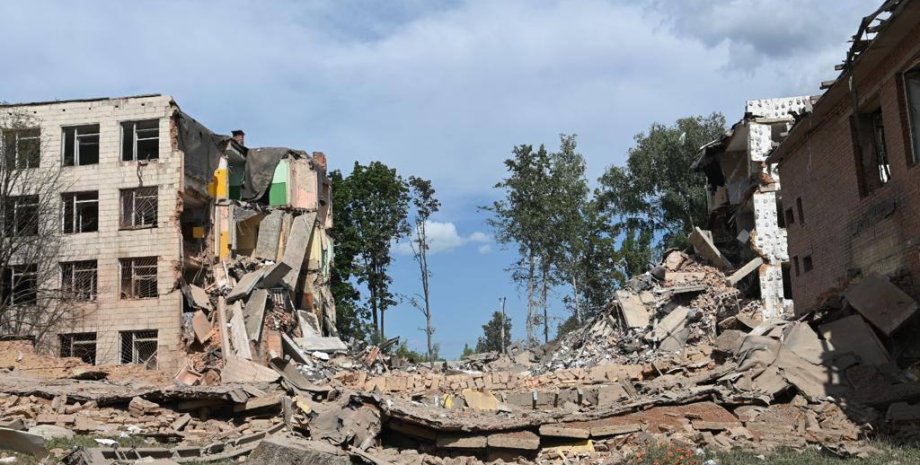
 By Natali Moss
By Natali Moss
The Ukrainian serviceman, radio technology specialist Sergey Flash Beskrestnov said that the Russians add to Shahhada combat units with a fluid similar to napalm. "When the city is attacked by such a type of combat part that causes everything to burn around and which cannot be extinguished, well, you know-we do not have a jungle Vietnam. We have a millionaire cities. And they use it against civilians. One thing is when a fugas ammunition enters, for example, in a riolet or production. It flashes.
Military expert Pavel Narozhny told Focus about the use of napalm warheads in the drones-Kamikadze, such as "Shahda", and explained why this tactic was aimed at terrorizing the civilian population of Ukraine. According to him, napalm is not a new weapon, but its use in modern conditions of war is of serious concern due to high destructive power and complexity of extinguishing. Napalm is a mixture that consists of gasoline and thickener, often on the basis of palm oil.
"The name" napalm "comes from the combination of the words" oil "and" palm oil ". It is a banal gasoline mixed with a thickener that creates a viscous substance that burns at a very high temperature. Such a mixture is extremely difficult to extinguish: if the napal is lit, it continues to burn until it burns. " The production of napalm is relatively simple even in handicraft, not to mention the industrial capacity of Russia.
Recently, according to the expert, Russia has more often started using such weapons. Due to the availability of components, such as gasoline and mass production, the Russian army can easily create napal warheads for their drones. Russia uses different types of warheads for its Kamikadze drones, including cumulative, fragile and inflammatory. Napalm warheads belong to the last category and are intended for burning objects.
These warheads are often combined with fragile elements such as shrapnel, to maximize harm. For example, in the city of Sumy there are cases where after Shahheda attacks, residential buildings were covered with traces of debris that resemble "dots". Such attacks not only destroy the infrastructure, but also create an atmosphere of fear among civilians.
According to the Zarny, at the beginning of the use of Shahmed, Russia mainly attacked the objects of critical infrastructure - thermal power plants (TPPs), transformer substations and main networks. However, thanks to the considerable efforts of Ukrenergo and other services, these facilities received enhanced protection. In particular, the infrastructure strengthening was carried out, so the attacks on the TPP and substations stopped.
Instead, the enemy changed tactics by focusing on the terrorization of civilians. "Russia's main goal is to intimidate people. They are launching Shahda with ignition and fragile warheads to set fire to homes, create fires and sow panic. Attacks on civilian objects, such as multi -storey buildings or public buildings, have become the main tool for achieving this. " According to the focus, the peculiarity of napalm is its ability to create long and intense fires that are difficult to extinguish.
If the napalm fires, it burns until it burns completely. Conventional extinguishing methods, such as water, are often ineffective. This makes ignition warheads especially dangerous for densely populated areas, where fire can quickly spread to adjacent buildings. In addition, the combination of napalm with fragile elements enhances the destructive effect. The fragments fly over long distances, affecting people and property, and napalm causes fires that complicate rescue operations.
"Such attacks have not only physical but also psychological influence, because people live in constant fear," the expert adds. Recall that Ukrainian engineers from the Odin project completed the test of the Drone-Kamikadze Antishaheed system. Focus has learned if it would become a panacea in the fight against Russian UAVs and how much it would cost.










All rights reserved IN-Ukraine.info - 2022